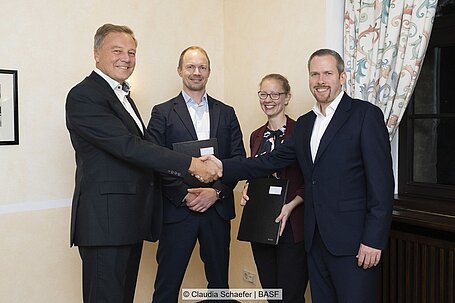
The new EU Battery Regulation enters into force today, 20 days after being published in the Official Journal of the European Union. It shall apply six months from now, on 18 February 2024. Because the legislation which will supersede the Battery Directive is a Regulation, the provisions of the text will apply directly in all member states and will not have to be transposed into national law.
Not all of the Regulation's provisions become binding immediately after the law takes effect. The provisions regarding spent batteries, for instance, apply from August 2025. These include, for instance, the requirements on producer responsibility as well as on the collection, treatment and recovery of batteries. The collection targets for portable batteries will be raised in two steps, first to 63 percent by the end of 2027 and then to 73 percent by the end of 2030. For the newly created category of batteries from "light means of transport", a category which includes e-bikes and e-scooters, a collection target of 51 per cent is to go into effect at the end of 2028 before being raised to 61 per cent at the end of 2031.
The text also establishes a longer transition period before the requirement that batteries in appliances be removable becomes binding. Manufacturers will have until February 2027 before they are obligated to ensure that portable batteries can be easily removed from appliances and replaced.
The Regulation also stipulates that at least 50 per cent of the lithium from spent batteries must be recycled by the end of 2027 and at least 80 per cent by the end of 2031. Depending on market and technological developments as well as on the availability of lithium, these requirements can still be modified by the European Commission via delegated acts. For nickel-cadmium batteries a recycling efficiency target of 80 per cent must be achieved by the end of 2025; at the same time an efficiency target of 50 per cent becomes binding for spent batteries of other chemistries.
Open questions on recycled material use targets
The Battery Regulation also introduces the first mandatory targets for the incorporation of recycled materials in new industrial batteries, starter batteries (SLI batteries) and rechargeable batteries for electric vehicles. As of August 2031, these batteries are to contain the following minimum percentage shares: 16 per cent cobalt, 85 per cent lead and 6 per cent of both lithium and nickel from recycling. From 2036 onwards, the requirements will increase to 26 per cent for cobalt, 12 per cent for lithium and 15 per cent for nickel.
There are, however, still unanswered questions regarding these new obligations. For example, the Regulation states explicitly that battery manufacturing waste should also be counted towards the achievement of the recycled content targets, as this represents "the main source of secondary raw materials for battery manufacturing" because this would allow the development of the necessary recycling infrastructure to be accelerated. However, included in the same paragraph is a stipulation that by-products of battery manufacturing that are reused in the production process, such as manufacturing scrap, do not constitute waste, and should therefore not be counted as part of the recycled content targets. The text of the Regulation fails to make clear how a distinction is to be drawn between waste and by-products from battery production.
The legislative text does establish that, a method for calculating and verifying the amount of cobalt, lead, lithium and nickel derived from battery production waste or consumer waste in new batteries and accumulators is to be defined by delegated act within the next three years. In addition, by the end of 2028, the Commission will have to consider whether the availability of cobalt, lead, lithium or nickel recovered from waste or technical and scientific progress warrant changes in the recycled content targets.
The Regulation stipulates targets should be set such that they take into account the availability of waste from which such materials can be recovered, as well as the technical feasibility of the recovery and production processes concerned and the time needed for economic operators to adapt their supply and production processes.



